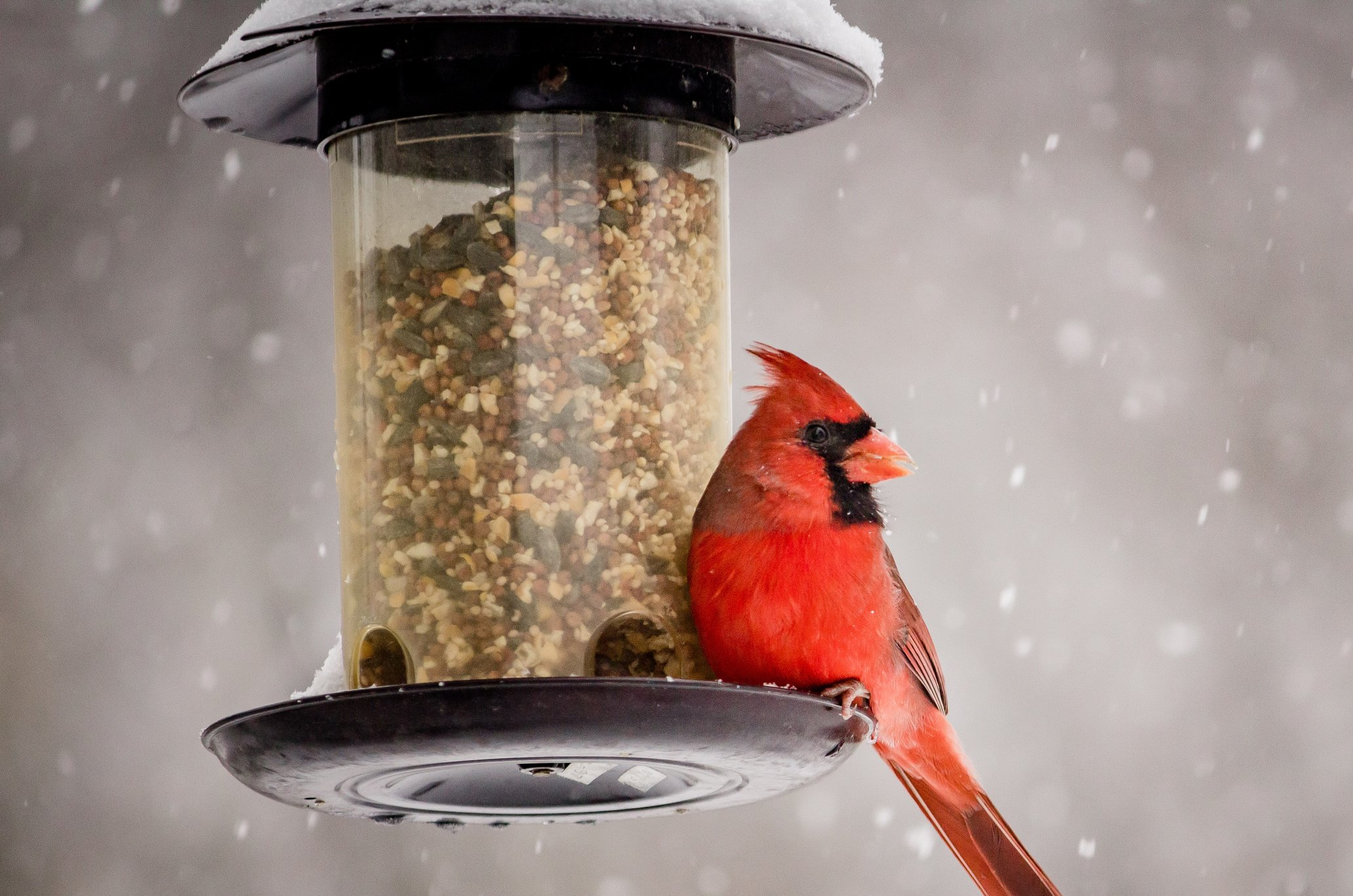
Setting Up Your New Bird Feeder
Bird feeders offer an opportunity to attract and observe various bird species right in your backyard. If you have a new bird feeder ready to be set-up, here's a step-by-step guide to get you started.
Step 1: Choose the Right Location
The location of your bird feeder plays a crucial role in attracting birds and ensuring their safety. Keep these factors in mind:
- Visibility: Place the feeder in a spot visible from your home so you can enjoy watching the birds.
- Safety: Position the feeder at least 10 feet away from shrubs or trees where predators like cats might hide. Avoid areas with heavy foot traffic.
- Accessibility: Ensure the feeder is easy for you to reach for refilling and cleaning.
Step 2: Assemble the Feeder
Unpack your bird feeder and check the included instructions for assembly. Most feeders are straightforward to put together, but here are some general tips:
- Verify that all parts are included.
- Use a screwdriver or other tools if required for assembly.
- Make sure the feeder is securely fastened to avoid spills or damage.
Step 3: Choose the Right Feed
Different bird species prefer different types of food. Selecting the appropriate feed will maximize your chances of attracting diverse birds:
- Black-oil sunflower seeds: Popular with many species, including cardinals, chickadees, and finches.
- Nyjer seeds: Great for finches and other small songbirds.
- Mixed birdseed: A versatile option that appeals to a variety of birds.
- Suet cakes: Ideal for woodpeckers and nuthatches, especially in colder months.
Step 4: Fill the Feeder
Once you've chosen your feed, fill the feeder carefully to avoid spillage. If your feeder has compartments or specialized feeding ports, follow the manufacturer's instructions for optimal use.
Step 5: Hang or Mount the Feeder
Depending on the design of your feeder, you may:
- Hang it from a sturdy tree branch or a specially designed pole.
- Mount it on a post in your yard.
- Use a window suction cup feeder for up-close birdwatching.
Ensure the feeder is stable and not prone to tipping over in the wind.
Step 6: Provide Water
Birds need fresh water for drinking and bathing. Place a birdbath or shallow dish of water near the feeder to make your yard even more inviting.
Step 7: Monitor and Maintain
To keep your feathered visitors healthy, follow these maintenance tips:
- Refill the feeder regularly to prevent it from going empty.
- Clean the feeder every two weeks with warm, soapy water to prevent mold and bacteria.
- Check for signs of pests like squirrels and take measures if needed, such as using baffles or weight-sensitive feeders.
Step 8: Be Patient
It may take a few days or even weeks for birds to discover your new feeder. Be patient and keep it stocked. Once birds find the feeder, they'll likely return often.
Setting up a bird feeder is a rewarding experience that brings nature closer to your home. By following these steps, you'll create a welcoming environment for your avian friends and enjoy hours of birdwatching delight.